The Scientific Development and Clinical Transformation of Radiopharmaceuticals 2024 Suzhou Symposium was grandly held in Kunshan! The Scientific Development and Clinical Transformation of Radiopharmaceuticals 2024 Suzhou Symposium was held in Kunshan on September 23. The symposium is jointly organized by Soochow University, the State Key Laboratory of Radiation Medicine and Protection, the First Affiliated Hospital of Soochow University and United Well (China) Co., LTD.
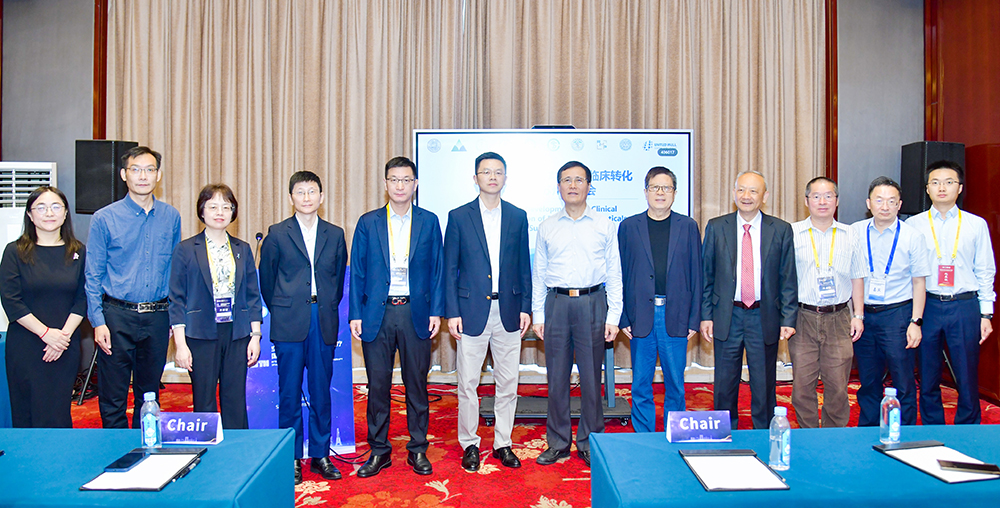
Taking the opportunity of the 9th International Symposium on Space Radiation Research and Particle Radiotherapy, with the concept of "Pragmatic Innovation, Integrated Development, Cooperation and Exchange", the symposium aims to promote the integration of disciplines, establish industry links, explore innovation frontiers, and promote exchanges and cooperation. Focusing on the key links such as radiation and health, nuclear medicine imaging probe, radioactive drug diagnosis and treatment, and clinical transformation of innovative nuclear medicine, the symposium focused on the three themes of "Innovation Frontier", "Achievement Transformation" and "Clinical Application", analyzed the research and development experience of nuclear medicine, and discussed the path and ideas of commercialization.
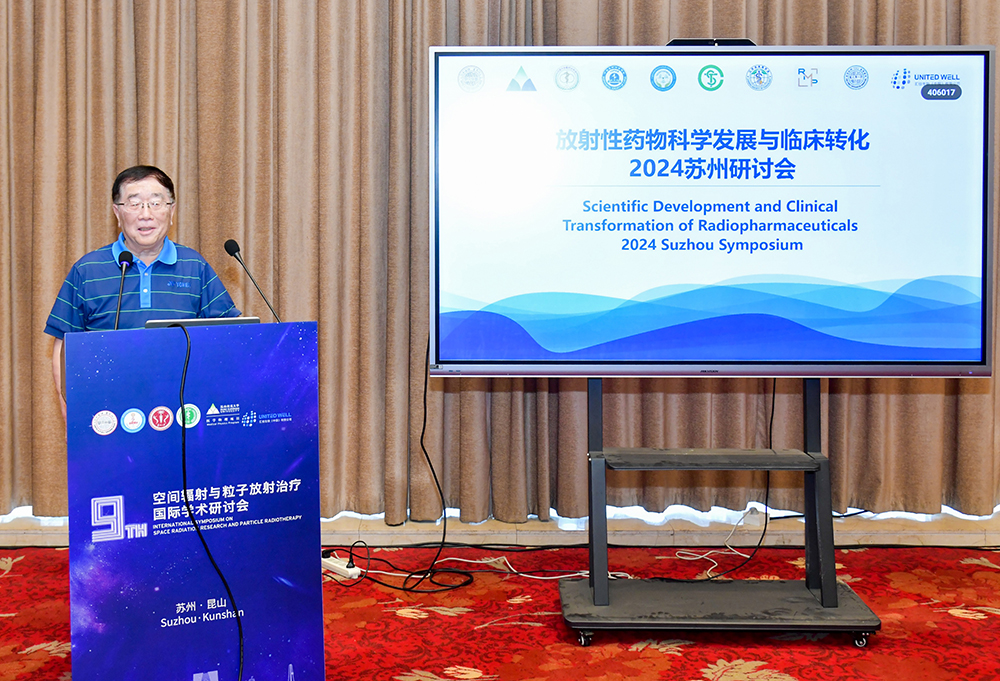
Zhifang Chai, Academician of Chinese Academy of Sciences
Zhifang Chai, academician of Chinese Academy of Sciences, Xiaotao Jin, former deputy director of the National Health and Family Planning Commission, Member of the Party Leadership Group, and Heping Xu, director of the General Office of the Ministry of Science and Technology, attended the meeting and delivered a speech.
Zhifang Chai expressed that nuclear medicine is a discipline that needs the intersection with chemistry, biology, physics and other disciplines. A wide range of subject integration means more knowledge structure challenges and a series of responses to the future development, which requires researchers to work hard to turn challenges into opportunities!
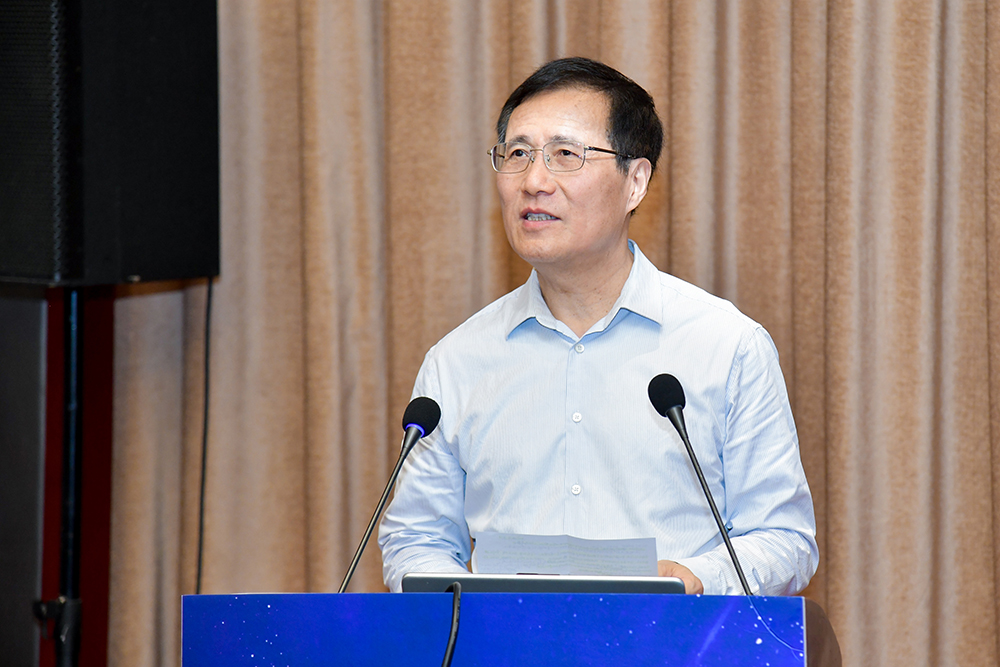
Xiaotao Jin, former deputy director of the National Health and Family Planning Commission, Member of the Party Leadership Group
Xiaotao Jin pointed out in the special speech that the current practice of nuclear medicine drug release and clinical transformation in China are both challenges and opportunities. The scientific development and clinical transformation of radiopharmaceuticals in the future need to make breakthroughs in many aspects. First, the guidance of national policies will promote the market and demand. Secondly, innovation drive requires the integration of various disciplines, nuclear medicine and chemistry, biology, physics and other disciplines to jointly promote the innovation and development of radiopharmaceuticals. Third, the development of nuclear medicine cannot be separated from a perfect talent training system, and it is urgent to strengthen the talent training efforts. Finally, we need to combine China's medical needs, industrial advantages and scientific research strength to find a path of radiopharmaceutical development with Chinese characteristics and enhance China's international competitiveness in this field.
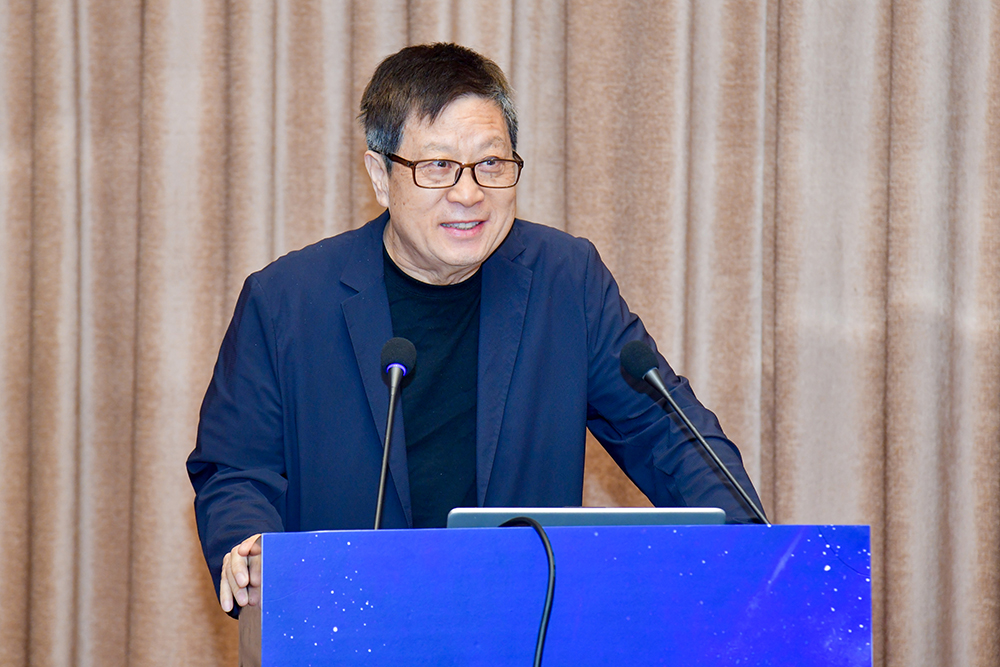
Heping Xu, director of the General Office of the Ministry of Science and Technology
Heping Xu stressed in the invited report that industrial innovation needs scientific and technological innovation, and scientific and technological innovation needs to go out of the laboratory. If not commercial application or transformation, there will be no real innovation. The scientific development of radiopharmaceuticals is also inseparable from the efficient and deep transformation from science and technology innovation to industry. A good science and technology innovation project will certainly have a positive impact on the improvement of productivity and new business models. Heping Xu also pointed out that we should have confidence in China's scientific and technological innovation and the exploration of cutting-edge technologies, and have greater confidence that China can rely on cutting-edge disruptive technologies to promote industrial innovation.
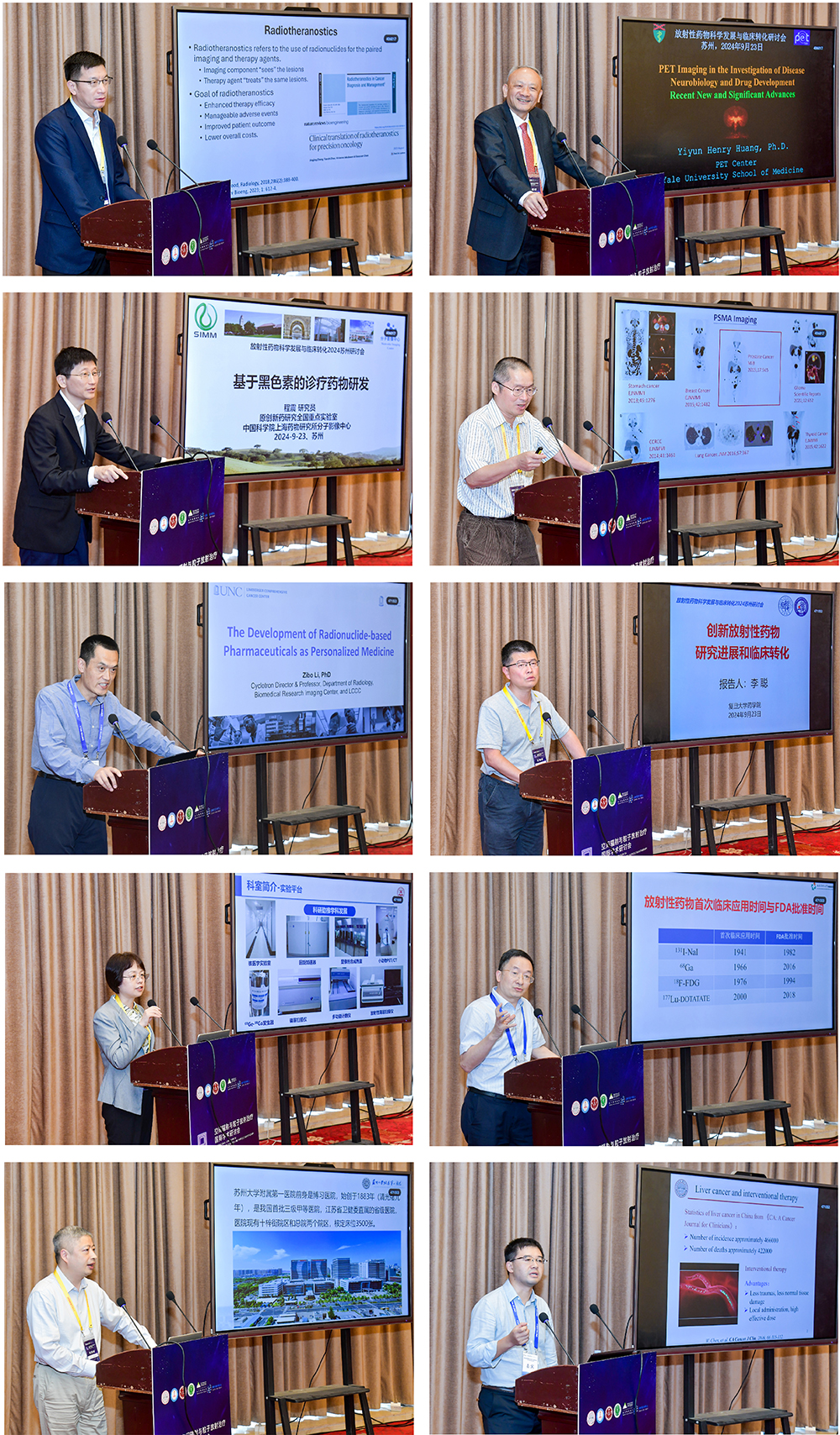
Professor Xiaoyuan Chen (Shawn Chen), academician of the European Academy of Sciences, member of the National Academy of Sciences and tenured professor at the National University of Singapore, Professor Zhen Cheng, researcher of Changjiang Scholars Program of Ministry of Education and Center of Molecular Imaging Center, Shanghai Institute of Materia Medica, Chinese Academy of Sciences, Professor Yiyun Huang (Henry Huang), Co-Director and Director of Chemistry at the Yale PET Center and Professor of Radiology and Medical Imaging at the Yale School of Medicine, Professor Guoxian Lin (Kou-Shyan Lin), BC Cancer Distinguished Scientist, Department of Radiology at the University of British Columbia, Professor Zibo Li, Director of Cyclotron and Radiochemistry, Professor in Radiation and Biomedical Research Imaging Center at the University of North Carolina at Chapel Hill, Professor Cong Li, Dean of the School of Pharmacy, Professor in Center for Radiological Pharmacy and Molecular Imaging of Fudan University, Professor Shuo Hu, Director of the Department of Nuclear Medicine, Xiangya Hospital, Central South University and Director of the Key Laboratory of Nano Biotechnology, National Health Commission, Professor Yue Chen, Director of Nuclear Medicine Department, Affiliated Hospital of Southwest Medical University, Director of Sichuan Provincial Key Laboratory of Nuclear Medicine and Molecular Imaging, Dr. Bin Zhang, Director of nuclear Medicine Department, the First Affiliated Hospital of Soochow University, Guanglin Wang, Associate Professor of School of Radiomedicine and Radiation Protection, Soochow University Medical Science Center made reports and speeches respectively.
These reports point out the development direction of nuclear medicine, emphasize the characteristics of innovation and transformation, that is, scientific and reasonable, technological integration and feasible transformation. The reports also point out the blockage and stuck points in front of the transformation, and discuss the feasible plans to solve the problems.
This academic conference is of great significance. It not only gathered top nuclear medicine experts domestic and abroad, conducted in-depth discussions on nuclear medicine research, and deepened the relationship between the government and the academic committee. It provides a good opportunity for solving various problems and problems encountered in the development of nuclear medicine, so that scientific research and innovation can more effectively promote the high-quality development of China's nuclear medicine industry.